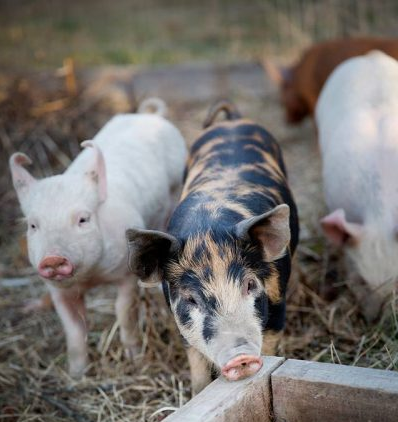
Plant extracts: a different approach
The potential benefits from the historical uses of botanical active substances resulted in the contemporary tendency to reconsider their employment, in particular in the plant protection products, promoted as part of Integrated Pest Management strategies.
The efficacy of this kind of substances is highly affected by their composition which depends not only on the biological origin of the material, but also on the geographical areas and the climatic conditions.
Moreover, physical and chemical processes involved in the botanical active substances manufacturing such as extraction, pressing, milling, crushing and purification reflects on the wide variability of their qualitative and quantitative composition.
The risk assessment for the botanical active substances, often considered non- toxic because of their natural occurrence, must ensure the exposure levels and the environmental compartments involved in their uses as agrochemicals.
For botanical active substances, a different approach may be taken and adequately justified. The performance of the studies proves unnecessary when some particular conditions, as stated in the Regulation (EC) N. 283/2013, are satisfied for those substances for which a comparison can be provided between the exposure levels and the composition of the intended agricultural use and the historical and documented ones, taking into account natural fluctuations.
The natural exposure refers to the background levels of the substances in the environment but it should be considered that as the alteration specifically comes from agriculture the agriculture-related compartments could therefore be different from the ones naturally involved.
Commonly the botanical active substances are seen as “low risk” substances which present a risk significantly lower than others. The substances which met some specific criteria belong to this group of “low risk” substances introduced for the first time by the Regulation (EC) N. 1107/2009, but the natural plant origin of the botanical substances doesn’t mean that they are low risk or harmless automatically.


 English
English Italian
Italian


